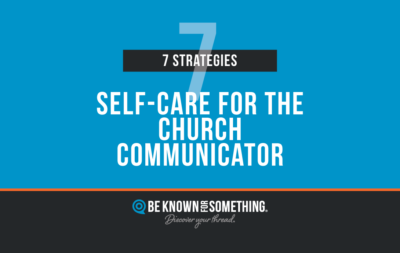I’m on my way back from speaking at a national conference in Houston. Prime people watching time. I love airports. Expos. Conferences.
When I was standing in front of the audience of about 200, I found myself watching reactions and odd people things. It’s almost like people forget that I’m actually looking at them, and I’m not on a TV screen.
I’m an animated talker and I love to do things that get people’s attention. It drives me crazy if I see someone nodding off. But I’ve come to believe that no matter what I’m talking about and the compliments I get, a few people lose interest. And to use the TV analogy, they grab the mental remote control and “turn me off”.
Wouldn’t it be great if you could watch where your customer’s eyes go when they get your marketing material? What if you could have the ability to “look back” at them from inside the brochure or direct mail? That way you could determine what is being looked at and the places to put important material.
It’s the age old desire of every marketer. But now we can!
Well, maybe not in print, but we can online. That’s the joy of the web.
Eye Tracker technology has been around for several years and these professionals who have this ability (to see where people look) have tested various online viewers (all demographics and psycho graphics) on all kinds of websites. And the results are in.
We know where the eye goes when the surfer pulls up a website.
Armed with this knowledge, it allows us put the right messages in the right places so that you reach the visitor quickly and efficiently.
In fact, we know that the average person spends less than 10 seconds on a page and will usually only click 3 times before determining if they want to stay at the URL.
Scary.
It’s defines the necessity of knowing your audience and putting the message to where they look.
I’m hearing, “so… where do they look?”
I’m simplifying a bit, but ultimately, upon opening a page, a person looks to the upper left, then the middle of the page, then to the middle left before checking the top out. Then the bottom, and lastly, the right hand side.
In fact, very few people will ever get to the right hand side, because of the “unnecessary ad” paradigm that we’ve gotten used to.
So, there you have it. All that needs to be done is align the importance of your messaging into the appropriate positions. That’s what we do every time we work on a website. We’re professionals. We know our stuff.



